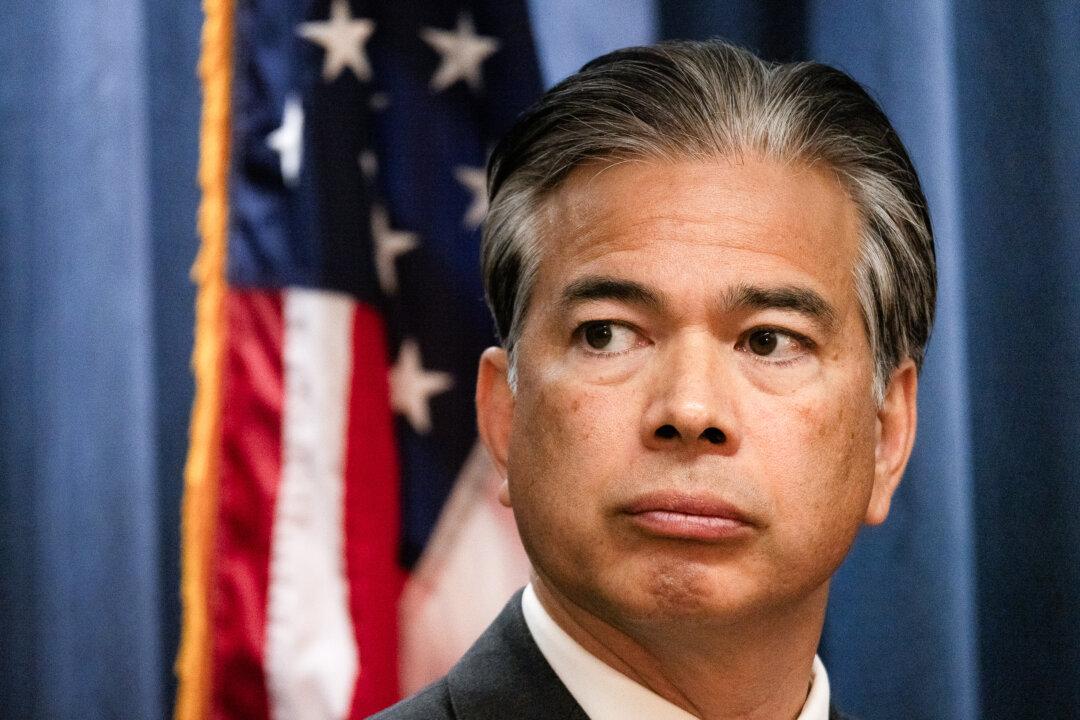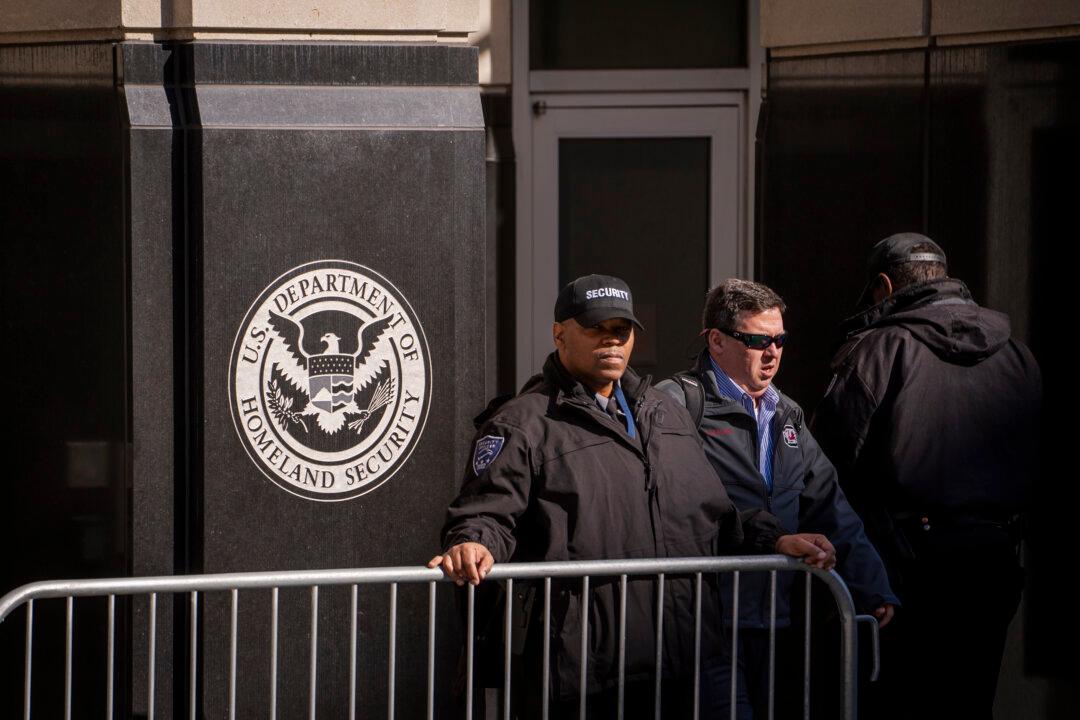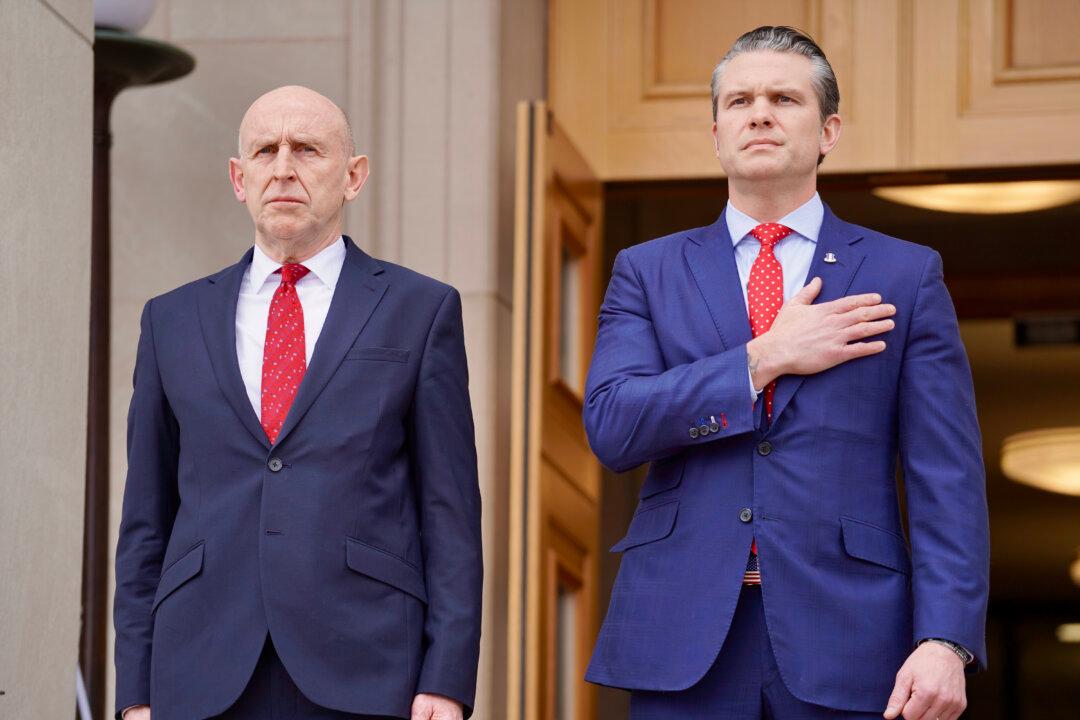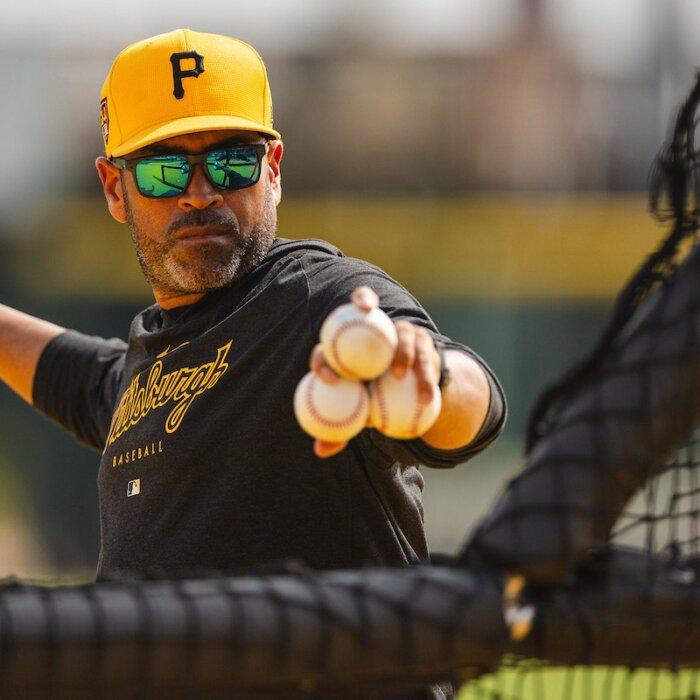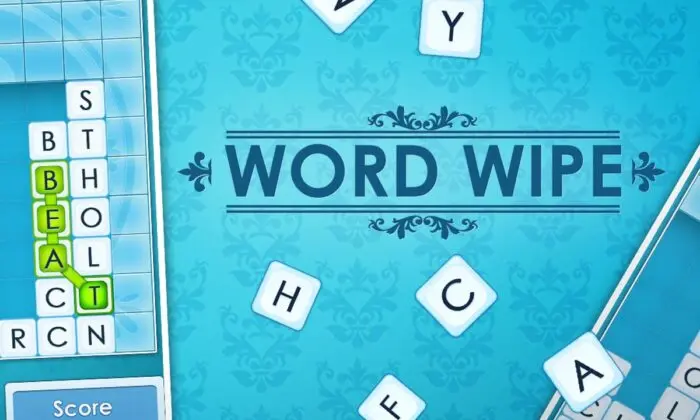Breaking
Trump Administration Cancels Grants Worth $400 Million for Columbia University
Four federal agencies warned that it’s the ‘first round of action’ against the Ivy League school.
Fallout From Zelenskyy Meeting; Europe Faces Defense Crisis | Live With Josh
Plans for a peace deal between Russia and Ukraine are now paused, and Trump said Zelenskyy can come back when he’s ready for peace.
Trump’s Transactional Diplomacy: Is It Really a Bad Thing? | Col. Grant Newsham
China expert and retired U.S. Marine Col. Grant Newsham discusses Trump’s approach to diplomacy and negotiations.

‘Meeting With Pol Pot’: The Danger of Talking With a Dictator
A film about a journalist’s disappearance is a thinly disguised documentary of Pol Pot’s genocide of the Cambodian people.

‘True-Blue Grasser’: Remembering Dierks Bentley’s ‘Up on the Ridge’
With his surprise bluegrass album, the country artist honored those who made Nashville feel like home.

‘The Wind in the Willows’: Torn Between Home and Abroad
Kenneth Grahame’s ‘The Wind in the Willows’ relies on simple animal characters to depict the human desires for adventure and home.
Most Read
Top Stories
Exclusive
X Takes Down Network of Chinese Accounts Amplifying NYT Attacks on Shen Yun
An Epoch Times investigation exposed thousands of fake and malicious accounts that spread CCP propaganda, including via Western media.
Trump Sends Letter to Iran’s Khamenei Suggesting New Nuclear Deal
The letter suggests creating a new framework to restrain Iran’s ability to create a nuclear weapon following Trump’s 2018 decision to terminate a previous deal.
Homeland Security Ends Collective Bargaining for TSA Airport Security Officers
Last year, Homeland Security and the airport security agency signed a seven-year collective bargaining agreement.
5 Takeaways From FDA Nominee Marty Makary’s Hearing
Lawmakers from both sides of the aisle peppered the nominee with questions about flu vaccines, mifepristone, and other issues.
Siemens Building $285 Million Manufacturing Facilities in California, Texas
The German technology company is building two new facilities, which could create hundreds of jobs.
Trump Floats Major Changes to Federal Student Loan Office
The president suggested the office could be moved to another agency and that it’s not the ‘business’ of the Education Department.
Trump Threatens Sanctions, Tariffs on Russia
The president did not say what types of additional sanctions or how much in tariffs he would impose on the country.
Trump Calls for ‘Scalpel’ Over ‘Hatchet’ in Federal Job Cuts
The president insisted that his push for a leaner bureaucracy remains intact but he does not want capable and needed federal workers to be fired en masse.
Social Security Warns Beneficiaries of Agency Imposter Scams
The agency never contacts social security recipients to seek immediate payments nor does it threaten them with arrest, said the department.
Opinion: The Media’s Shen Yun Blind Spot
How critical reports miss the real story—with grave consequences.
Republicans Who Opposed ‘CHIPS Act’ Skeptical of Trump’s Talk of Eliminating It
‘The truth is, I doubt Congress will repeal CHIPS,’ a CHIPS and Science Act opponent, Sen. Josh Hawley (R-Mo.), told The Epoch Times.
▶Shen Yun Is ‘Soothing, Refreshing, and It Hit the Soul,’ Says Real Estate Investor
On March 1, Shen Yun Performing Arts successfully concluded its performance at The Smith Center for the Performing Arts in Las Vegas, Nevada.
Orban Says Support for Ukraine and Increased Defense Spending Could ‘Ruin’ EU
The Hungarian was the only EU leader to decline to back a statement voicing support for Ukraine on Thursday after a meeting in Brusses.
US Payrolls Grow 151,000, Unemployment Rate Ticks up to 4.1 Percent
Health care, financial activities, transportation, and warehousing, and social assistance led the job gains in February.
20 States Sue Federal Agencies Over Mass Terminations
The states say they’ve been harmed by the mass layoffs and want a court to reinstate the fired workers.
Tracking Trump’s High Level Appointments, Senate Confirmations
The Senate is undertaking the confirmation process for the president’s new administration.
Trump to Host First Crypto Summit at White House
Regulations and the strategic bitcoin reserve will likely be at the top of the agenda.
South Korean Court Orders Impeached President Be Released From Custody
Impeached President Yoon Suk Yeol’s legal counsel praised the ruling but said that his release may not be immediate as prosecutors could still appeal.
US Soldiers Arrested in Connection With Scheme to Sell Military Information to Buyers in China
U.S. Attorney General Pam Bondi said the defendants will face ‘swift, severe, and comprehensive justice’ for the alleged crimes.
An Absorbing Account of the Pacific War’s Most Famous Battle
Insightful and highly readable, Mark Stille’s ‘Midway’ is a detailed analysis of the naval battle and is certain to become an authoritative work.

Commanders’ Deebo Samuel Details Departure From 49ers
‘When the trade happened, my mind was flipping through all the memories like a scrapbook,’ the wide receiver said.

Commanders’ Deebo Samuel Details Departure From 49ers
‘When the trade happened, my mind was flipping through all the memories like a scrapbook,’ the wide receiver said.

7 Science-Backed, Natural Ways to Better Sleep During Menopause
New research shows that balancing blood sugar, supporting metabolism, and key nutrients like magnesium and ashwagandha can improve sleep during menopause.

7 Science-Backed, Natural Ways to Better Sleep During Menopause
New research shows that balancing blood sugar, supporting metabolism, and key nutrients like magnesium and ashwagandha can improve sleep during menopause.

Plant-Based Pitfalls: When Can the Vegan Diet Go Wrong?
People who follow a vegan diet are at risk for vitamin deficiencies, because some nutrients come mainly from animal sources.
Should You Order Foreign Currency Before You Travel?
Understanding how to get foreign currency affordably can help you maximize your travel budget.
Puerto Vallarta: Mayhem and Magic on the Malecon
The Malecon is a 1-mile delight in so many different ways as to make any number of hours pass quickly.
Should You Order Foreign Currency Before You Travel?
Understanding how to get foreign currency affordably can help you maximize your travel budget.

He Traded His Dental Mirror for Hollywood Spotlights
A place in Hollywood is rarely guaranteed for latecomers, but Edgar Buchanan, age 36, was the curious exception to that rule.

The Ellicott Family and Their Gift to America
They were called ‘dreamers and half-hearted fools’ at the time, but yet they changed the course of American history.

Rediscovering Childhood With ‘The Adventures of Tom Sawyer’
Writer Mark Twain was speaking to adults when he wrote about Tom Sawyer’s childhood adventures.
Special Coverage
Special Coverage









































